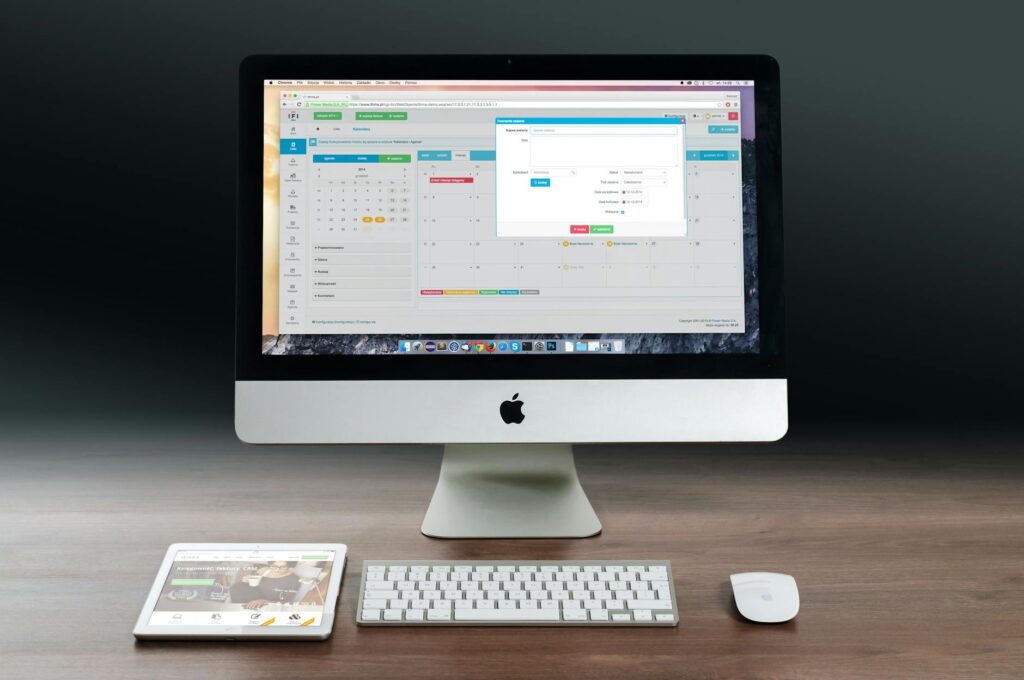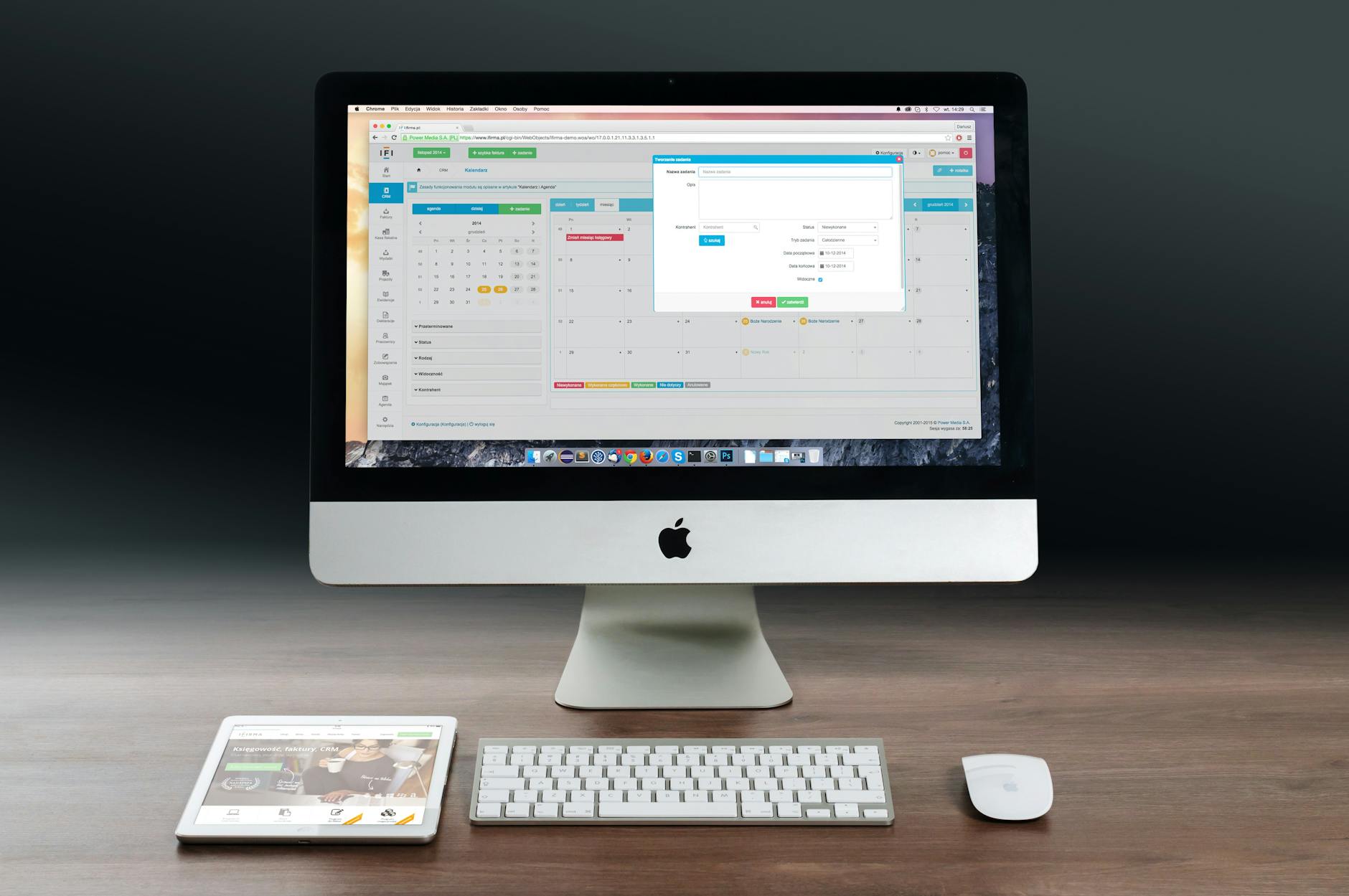What is digital clutter?

What is digital clutter?
In today’s fast-paced digital world, we often find ourselves overwhelmed by a barrage of information, notifications, and digital tools. This phenomenon is commonly referred to as digital clutter. It encompasses all the unnecessary files, apps, notifications, and subscriptions that accumulate on our devices, cloud storage, and even our minds. Understanding and managing digital clutter is essential for maintaining productivity and promoting mental well-being.
Understanding Digital Clutter
Digital clutter refers to the disorganized and excessive accumulation of digital content and tools that hinder our ability to focus and be productive. It’s not just about having too many files on your computer; it can manifest in various forms, including:
- Unnecessary Files: These could be duplicate documents, old photos, or outdated applications that take up space and create confusion.
- Overwhelming Notifications: Constant alerts from apps, emails, and social media can disrupt your attention span and make it hard to concentrate on tasks.
- Excessive Subscriptions: Whether it’s newsletters, streaming services, or software, too many subscriptions can lead to a cluttered digital experience.
Digital clutter is a modern-day issue that affects our daily lives. To dive deeper into its implications, check out this insightful article on 4 Types of Digital Clutter by Sarah Steckler.
Types of Digital Clutter
Understanding the specific types of clutter can help you identify what’s bogging you down. Here are some common forms:
- Files and Documents: Think about your computer’s desktop or your downloads folder. Are they full of outdated files or duplicates?
- Apps and Software: We tend to download more apps than we actually use. These apps can slow down devices and clutter your home screen.
- Emails: An overflowing inbox can be a significant source of anxiety. Unread messages and subscriptions add to the chaos.
- Notifications: Each ping or buzz can distract you from your work and create a fragmented focus.
Causes of Digital Clutter
You might wonder how digital clutter accumulates in the first place. Here are some common reasons:
- Lack of Organization: Without a system for managing files and apps, it’s easy to let things pile up.
- Impulsive Downloads: We often download files or apps on a whim, leading to a collection of things we don’t really need.
- Digital Habits: Procrastination often manifests as scrolling through social media or checking emails, which adds to the clutter in our digital spaces.
Recognizing these causes can be the first step in addressing the clutter in your life.
Effects of Digital Clutter
The impact of digital clutter extends beyond just messy desktops; it can significantly affect your productivity and mental health.
Impact on Productivity
Digital clutter can lead to inefficiencies in both work and personal life. When your digital space is disorganized, finding important documents or information takes longer. This inefficiency can cause frustration and distract you from your primary tasks. Research indicates that decluttering can lead to improved focus and productivity, allowing you to allocate your time more effectively. For more insights on the connection between digital clutter and productivity, visit How to Clear Out Digital Clutter.
Mental Health Consequences
The psychological effects of dealing with digital clutter can be significant. A cluttered digital space can induce feelings of stress and anxiety. You may feel overwhelmed by the constant barrage of notifications or guilty about not keeping up with your digital organization. This mental load can lead to burnout, making it crucial to address digital clutter not just for productivity, but for your overall well-being.
Strategies for Managing Digital Clutter
While digital clutter can feel overwhelming, there are effective strategies you can employ to regain control.
Organizational Methods
- Cloud Storage Management: Utilize services like Google Drive or Dropbox to store and categorize files. This can help free up space on your devices and make access easier.
- Desktop Organization: Keep your desktop clean by creating folders for different projects or areas of your life. A clean desktop can lead to a clearer mind.
Implementing Digital Hygiene
Regularly decluttering your digital space is vital. Here are some actionable tips:
- Unsubscribe from Emails: Take a few minutes each week to unsubscribe from newsletters or services you no longer use. This can substantially reduce inbox clutter.
- Delete Unused Applications: Go through your devices and remove apps you haven’t used in months. This not only clears space but also can improve your device’s performance.
- Digital Cleanup Schedule: Set a routine to review your files, emails, and apps every month. This can include deleting unnecessary files or organizing your folders.
For more comprehensive guidance on how to declutter your digital space, you can refer to How to Declutter Your Digital Space.
Conclusion
Managing digital clutter is not just about creating a tidy digital environment; it’s about fostering a productive and mentally healthy lifestyle. By actively addressing digital clutter, you can reduce distractions and improve your focus. Start implementing some of the strategies mentioned today, and take the first step towards a more organized digital life. Remember, a decluttered digital space can lead to a decluttered mind, paving the way for greater productivity and peace of mind.

Photo by Pixabay